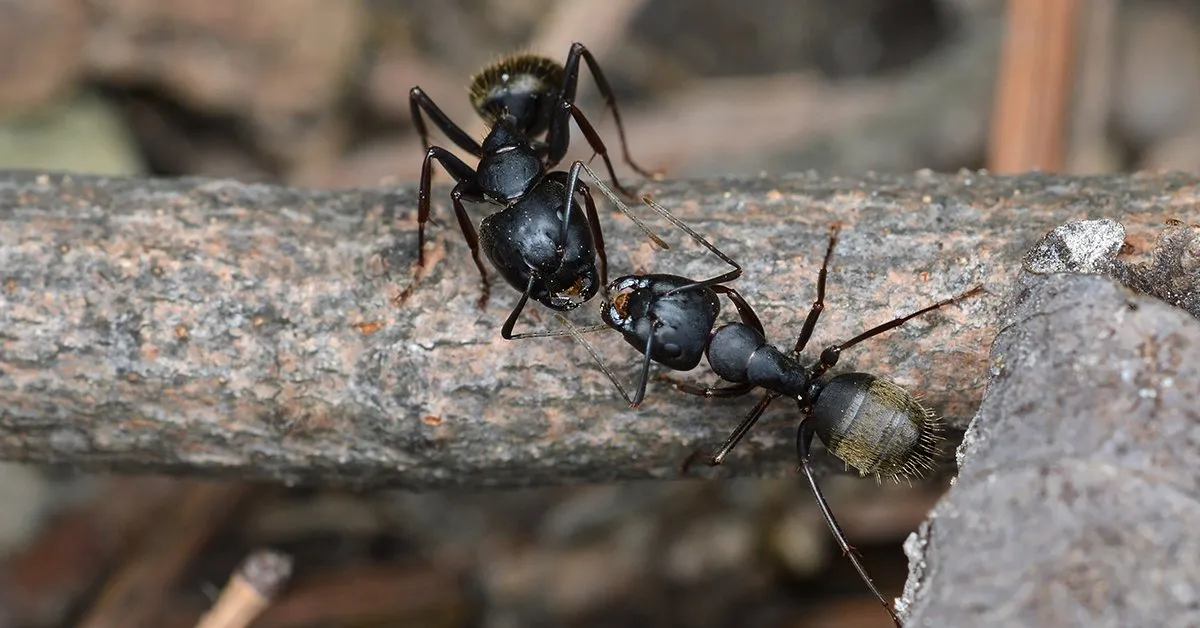Understanding the Ant Threat to Tarantulas
Tarantulas, with their captivating presence and intricate behaviors, have become popular pets for many. However, their vulnerability to certain threats often goes unnoticed. One of the most significant, yet often overlooked, dangers to your tarantula is the presence of ants. These tiny creatures, seemingly harmless, can pose a serious risk to the health and well-being of your eight-legged friend. Recognizing this threat and understanding the dynamics between ants and tarantulas is the first step toward safeguarding your pet. This article delves into the potential dangers, effective prevention strategies, and actionable control methods to ensure your tarantula thrives in a safe and secure environment, providing you with the knowledge to protect your pet from these insidious invaders.
Why Ants are Dangerous to Tarantulas
The threat posed by ants to tarantulas stems from several factors, including the physical disparities between the two, the potential for venomous attacks, and the role ants can play as disease vectors. Understanding these dangers is crucial to implementing appropriate preventative measures and effective control strategies. Even a small number of ants can quickly escalate into a serious problem if left unaddressed. Ants are social insects, and their colonies can grow exponentially, leading to a widespread infestation that can overwhelm a tarantula, especially if it is a smaller species or a vulnerable specimen.
The Size and Strength Disparity
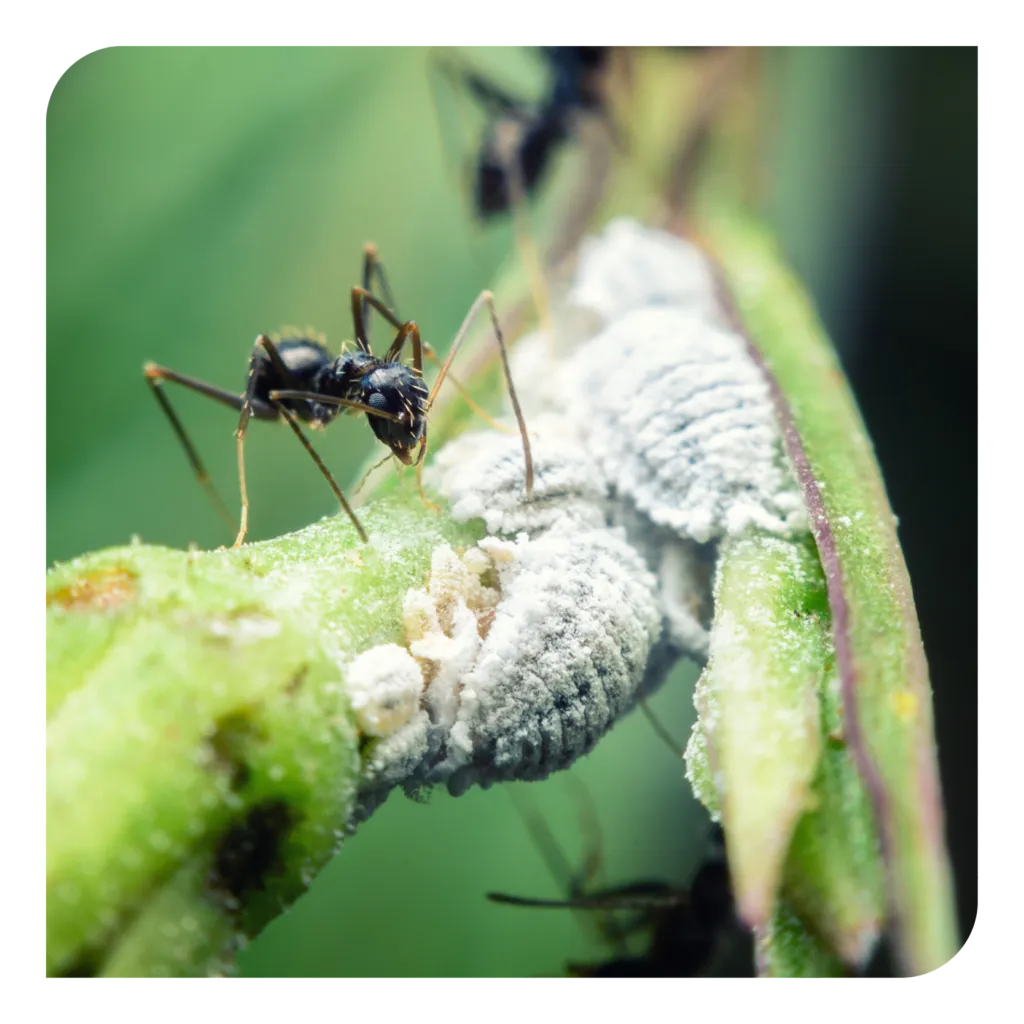
Although tarantulas are formidable predators in their own right, they can be vulnerable to ant attacks due to the sheer number of ants that can swarm a tarantula. Ants, working in coordinated teams, can overwhelm and harass a tarantula, causing stress and potentially inflicting bites. While individual ants may not pose a significant threat, their collective actions can quickly become overwhelming. The larger the colony, the greater the risk. Additionally, ants can access the tarantula’s enclosure through cracks or crevices, or even be brought in on contaminated items.
Ant Venom and Its Effects
Some ant species possess venom that can be injected through their bites. This venom, while not always lethal to tarantulas, can cause painful reactions and potentially weaken the spider, making it more susceptible to other health issues. The venom’s effects can vary depending on the ant species and the tarantula’s size and health. Certain ant bites can cause localized swelling, irritation, and allergic reactions. Even if the venom doesn’t directly kill the tarantula, the stress and discomfort it causes can negatively impact the spider’s overall well-being and make it more vulnerable to secondary infections or diseases.
Ants as Vectors of Disease
Ants can also act as vectors, carrying bacteria, fungi, and other pathogens into the tarantula’s enclosure. These microorganisms can contaminate the tarantula’s food and water sources, leading to infections. The moist environment of a tarantula enclosure can create ideal conditions for the proliferation of these pathogens. This can be particularly dangerous for tarantulas, as they can be quite sensitive to certain types of infections. Ensuring the tarantula’s environment is clean and sanitary is crucial to preventing the introduction of these harmful microorganisms.
Identifying Ant Infestations
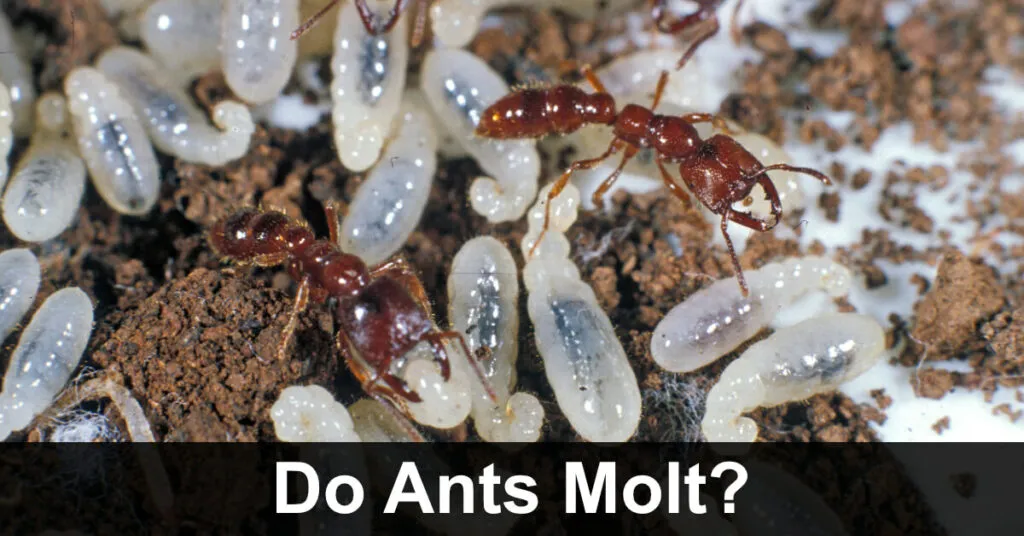
Early detection is key when dealing with ant infestations. Recognizing the signs of an ant problem can help you take prompt action to protect your tarantula. Regular observation and vigilance are essential for maintaining a healthy environment for your pet. By knowing what to look for and where to look, you can address any issues before they escalate into a major problem. Early intervention not only protects your tarantula but also minimizes the effort required to eradicate the ants.
Signs of an Ant Problem
The most obvious sign of an ant infestation is the presence of ants themselves. Look for these tiny insects crawling around the enclosure, particularly near the substrate, food and water dishes, and any areas where the tarantula might be hiding. Other indicators include small trails of ants, often following a specific path, and the presence of ant nests. The ants might be attracted to leftover food, water spills, or even the tarantula’s molted exoskeleton. The presence of any ants within or around the enclosure should be taken seriously and investigated promptly.
Where to Look for Ants
Ants can enter enclosures through various points, including cracks, gaps, and ventilation holes. Thoroughly inspect the enclosure for potential entry points. Examine the substrate, looking for ant activity or nests. Check around the food and water dishes, as these are common areas where ants are attracted. Pay close attention to the corners and edges of the enclosure, where ants often build their nests. Also, look outside the enclosure, near windows or doors, to determine the source of the infestation. Inspecting areas where the enclosure touches the floor or any nearby surfaces is also important.
Preventing Ant Infestations

Preventing ant infestations is significantly easier than dealing with an established colony. Implementing preventative measures is essential to protect your tarantula from potential harm. A proactive approach can save you a lot of trouble and ensure your pet’s well-being. By taking these steps, you can create a secure environment for your tarantula, minimizing the risk of ant-related problems. It is important to remember that constant vigilance is key, and regular inspections will help you identify any potential issues before they escalate.
Creating a Barrier Around the Enclosure
One of the most effective ways to prevent ants from entering your tarantula’s enclosure is to create a barrier. This can be achieved using several methods, including sticky barriers and isolating the enclosure. These barriers are designed to stop ants from reaching the enclosure. This approach physically prevents ants from accessing your pet. The goal is to make the enclosure as inaccessible as possible to ants, thereby eliminating the threat. It’s a simple yet highly effective solution, particularly for those living in areas prone to ant problems.
Using Sticky Barriers
Sticky barriers, such as ant-proof tape or petroleum jelly, can be applied to the legs or base of the enclosure. This creates a surface that ants cannot cross. Apply the barrier carefully, ensuring it completely surrounds the enclosure without any gaps. Check and reapply the barrier regularly, as it can lose its effectiveness over time. This straightforward method is highly effective in preventing ants from climbing into the enclosure. Make sure the barrier material is non-toxic to your tarantula and applied in a way that does not pose any risk to the spider.
Choosing the Right Substrate
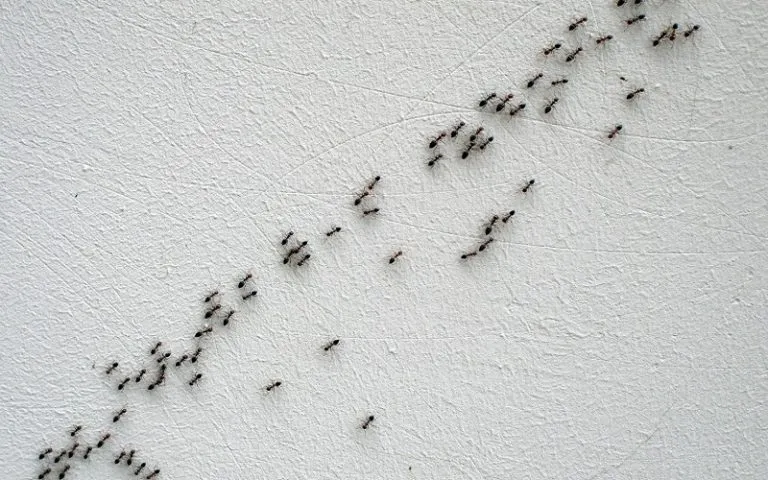
The type of substrate you use can also affect the likelihood of an ant infestation. Choose a substrate that is less attractive to ants and that does not readily harbor them. Avoid substrates that retain moisture, as this can create an environment that is conducive to ant nests. Consider using substrates that are less appealing to ants, such as those that dry out easily. Regular maintenance of the substrate is important, including spot cleaning and replacing it as needed. Make sure the substrate is also safe for your tarantula and does not contain any harmful chemicals or substances.
Maintaining a Clean Enclosure
Keeping your tarantula’s enclosure clean is crucial for preventing ant infestations. Regular cleaning removes food sources and reduces the attractiveness of the enclosure to ants. A clean environment is not only beneficial for preventing ants but also promotes the overall health and well-being of your tarantula. Implementing a strict cleaning schedule, with regular spot cleaning and periodic deep cleaning, is essential to maintaining a healthy and ant-free environment for your tarantula.
Regular Cleaning Schedule
Establish a regular cleaning schedule to remove any uneaten food, waste, and other debris. This includes spot cleaning daily to remove any visible waste or uneaten food. A thorough cleaning should be done weekly or bi-weekly, which may involve removing and replacing the substrate. Make sure to use appropriate cleaning products that are safe for tarantulas. This ensures the environment remains clean and hygienic, reducing the likelihood of attracting pests like ants. A clean environment not only reduces the risk of an ant infestation but also minimizes the chances of other health problems for your tarantula.
Food and Water Management

Proper food and water management is essential to prevent ant infestations. Avoid leaving uneaten food in the enclosure for extended periods, as this can attract ants. Remove any uneaten food promptly, disposing of it properly. Ensure the water source is clean and does not spill or leak, creating a moisture source that can attract ants. Consider using water dishes that are designed to minimize spillage or provide water through a dripper system. Regularly check and clean the water dish to prevent the growth of algae or bacteria. Implementing these measures significantly reduces the chances of attracting ants to your tarantula’s enclosure, thus protecting its health and well-being.
Effective Ant Control Methods
If you discover ants in your tarantula’s enclosure, it is important to take immediate action. There are several effective ant control methods that can eliminate the infestation and protect your pet. However, caution is essential to avoid harming the tarantula. The choice of method depends on the severity of the infestation and your personal preferences, but non-toxic options are generally the safest approach. Always prioritize the safety of your tarantula when choosing an ant control method, and never use any chemicals that are known to be harmful to spiders. In all cases, follow the instructions on the product label and take all necessary safety precautions.
Non-Toxic Ant Baits
Ant baits are an effective method for controlling ant infestations. They work by attracting ants to a slow-acting poison that the ants carry back to their colony, eliminating the entire ant population. Choose ant baits that are specifically designed to be safe for use around pets, and carefully follow the instructions on the product label. Look for baits containing boric acid or other non-toxic ingredients. Place the baits in areas where ants are likely to travel, but away from your tarantula’s direct reach. Regularly monitor the baits and replace them as needed to ensure their effectiveness. Use these in conjunction with other preventative measures for comprehensive ant control.
Placement and Usage
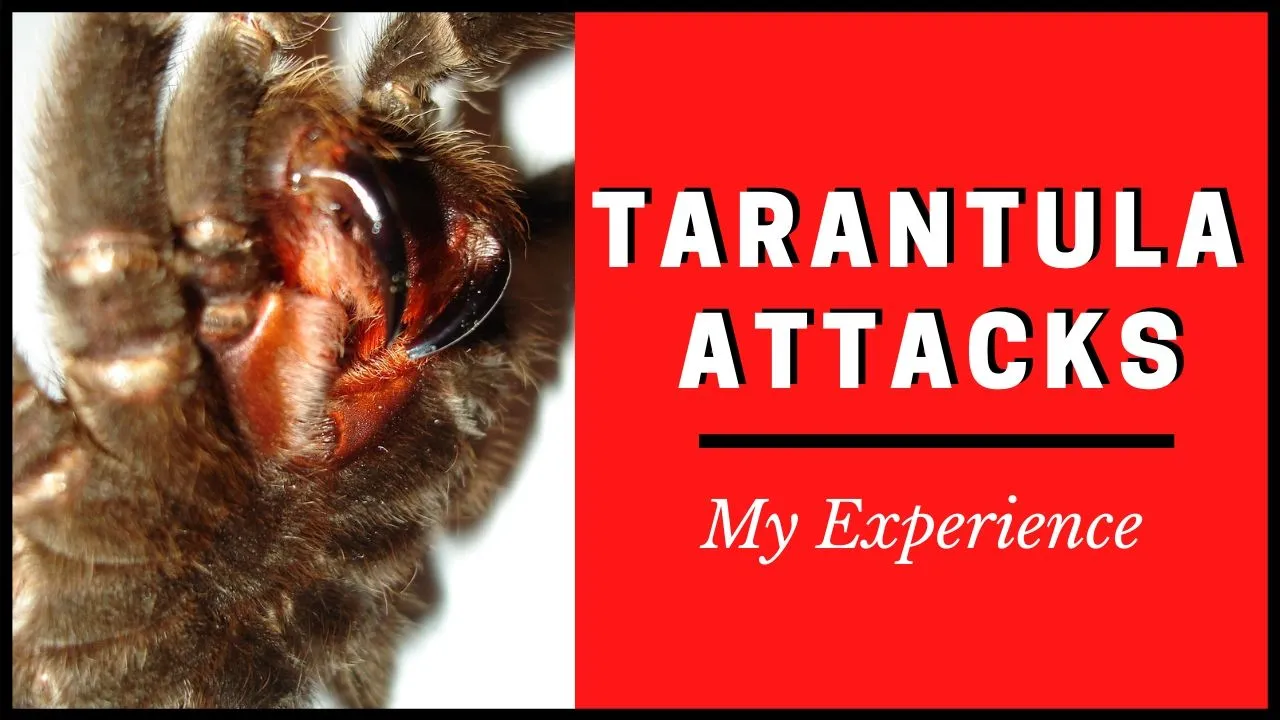
When using ant baits, carefully follow the manufacturer’s instructions for placement and usage. Place the baits in areas where ants are seen, but ensure they are inaccessible to your tarantula. This could be outside the enclosure or in areas where your tarantula cannot reach. Avoid placing the baits directly in the enclosure. Regularly inspect the baits and replace them as needed. Avoid using too many baits, which could potentially attract other pests. With the right placement, ant baits can be an effective, yet safe, solution to an ant infestation, protecting both your pet and the environment.
Diatomaceous Earth
Diatomaceous Earth (DE) is a natural substance that can be used to control ants and other pests. It is made from the fossilized remains of diatoms, a type of algae. DE is safe for use around pets when used properly. It works by dehydrating insects, including ants. Apply DE around the perimeter of the enclosure and in any cracks or crevices where ants might enter. This physical barrier can effectively prevent ants from entering the enclosure. Be sure to use food-grade DE, as it is the safest type for pet environments. Regularly clean and reapply DE to maintain its effectiveness.
Application and Safety
When applying Diatomaceous Earth, always wear a mask to avoid inhaling the dust. Apply a thin layer of DE around the enclosure, especially near potential entry points. Avoid applying it directly to your tarantula. Ensure the DE is food-grade, as it is safer for use around pets. Regularly reapply the DE, especially after cleaning the enclosure. While DE is generally safe, it can be irritating to the respiratory system if inhaled. Keeping your tarantula safe while controlling pests is key to successful enclosure maintenance. Taking precautions when applying DE will ensure both your safety and your pet’s well-being.
When to Seek Professional Help
While many ant infestations can be managed with DIY methods, there are times when professional help is necessary. If the infestation is severe, or if you are unable to control the ants using the methods mentioned above, it’s time to consider consulting a pest control specialist. This ensures that the problem is dealt with efficiently and safely. In some cases, the extent of the infestation or the specific ant species may require specialized treatment. Professional help is often the most effective way to eliminate the ants and prevent them from returning.
Signs of Severe Infestation
A severe ant infestation is characterized by a large number of ants, multiple ant nests, and widespread activity throughout the enclosure and surrounding areas. If you notice a constant stream of ants, or if they are invading other areas of your home, the infestation may be severe. Furthermore, if you have tried various control methods without success, this may indicate a persistent problem that requires professional intervention. Ignoring signs of severe infestation can lead to further complications and could potentially harm your tarantula.
Finding a Pest Control Specialist
When choosing a pest control specialist, look for a licensed and insured professional with experience in dealing with ants. Check online reviews and testimonials. Ask for references and inquire about their experience in dealing with infestations in homes with pets. Discuss the methods they plan to use and ensure they are safe for tarantulas and other animals. Be sure to communicate the presence of your tarantula to the specialist, so they can take appropriate precautions. Finding a qualified professional can provide you with a more efficient solution. Make sure to choose a reputable specialist for your peace of mind.
Protecting Your Tarantula Long-Term
Protecting your tarantula from ants requires a proactive and ongoing approach. By understanding the risks, implementing preventative measures, and being ready to take action, you can ensure the safety and well-being of your pet. The key to long-term protection is consistent diligence, regular inspections, and the use of safe and effective control methods when necessary. Always monitor the enclosure and the surrounding environment, and remain vigilant for any signs of ant activity. Regular maintenance and adherence to established protocols are critical to long-term protection. This approach not only protects your tarantula but also enhances its quality of life, allowing it to thrive in a safe and secure environment. This commitment to your pet’s welfare is what makes a good tarantula owner.
